[20 June: 01:00]
So I stopped daydreaming about the T9 Plus mini PC inside #Leti and went onto Digikey to confirm prices of components. Unexpectedly, prices have changed.
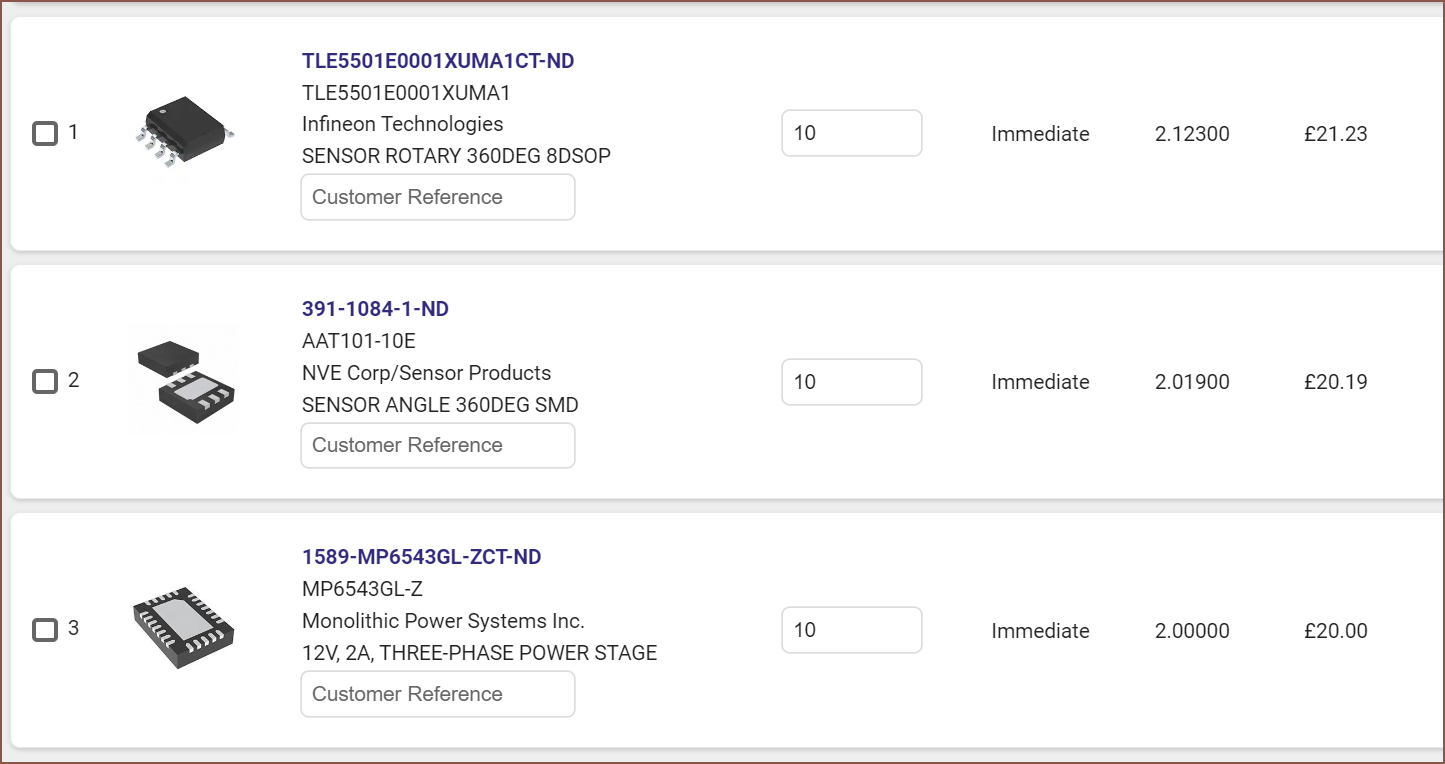
The TLE5501 was over £3 last time I checked, and the AAT101 was in the £5 range IIRC. Looking in my spreadsheet I haven't updated since March, I can also say that the MP6543 is also a tad cheaper.
What does this mean? It implies that components that the semiconductor price hike is on its way out, and there could be components on Digikey now that I wouldn't've considered months ago. I'm making this log realtime to see what my options are.
Motor Controller

The first thing to catch my eye was this DRV8311P. I momentarily saw the TMC6140-LA before this but I didn't like the idea of having to bring my own MOSFETs. This chip though? Well...
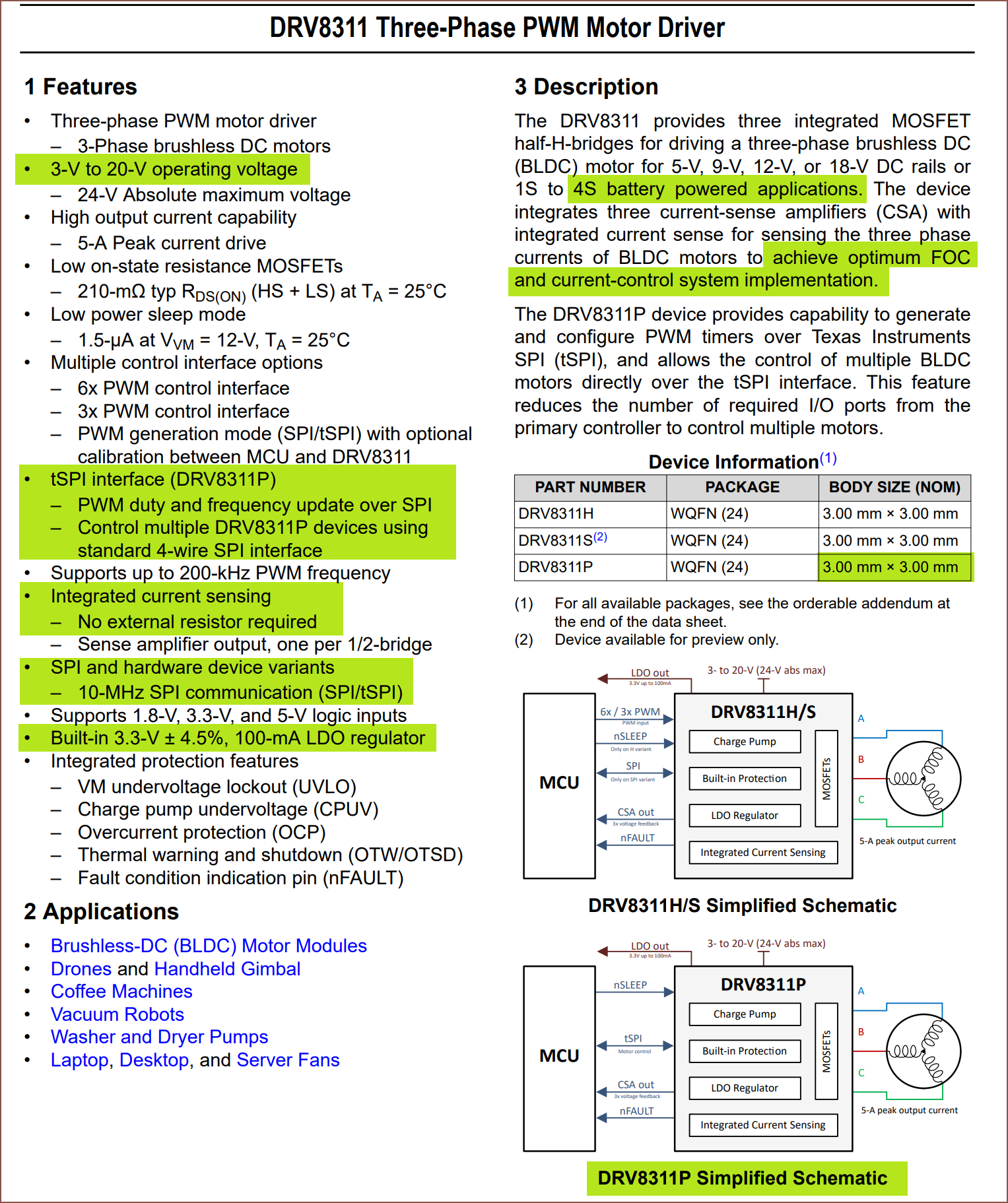
- It's cheaper
- It's smaller
- It's got a wider working voltage
- potentially allowing for direct 4S Lipo power (as planned for in #Leti) if the 580KV motor allows for it, which is unlikely considering what's said on the listing:
It is a miniature three-phase brushless motor without Hall, aluminum alloy shell, rare earth medium-strength magnet, double ball bearing. We use the ESC of the model aircraft to drive the motor, the maximum speed is close to 7000 rpm at DC12V, and the KV value is about 580. It is estimated that as a gimbal motor, its speed should not be so high, and its rated voltage should be lower than 12V. Motor weight: 10 grams Test voltage: DC12V (driven by the ESC of the aircraft model) No-load speed: 7000 RPM The motor works beautifully, runs silently, and the torque at DC12V is also OK
- potentially allowing for direct 4S Lipo power (as planned for in #Leti) if the 580KV motor allows for it, which is unlikely considering what's said on the listing:
- It uses SPI, saving 6 PWM pins and meaning that I can remove the 74HC595 from the equation and still have a pin spare.
- It has a slightly low MOSFET resistance?
- 210mOhms vs 2 x 110mOhms = 220mOhms on the MP6543 for the
- I don't have to bring my own current sensing resistors.
- That would've been a real help when I was designing the first PCB!
- It still has the LDO source, but it seems closer to 3.3V
- MP6543 is "typ. 3.45V".
Ok, I'm changing to this. Shame I spent £5 on an MP6543 chip for the prototype that I'll now never get to use (like so many other components for other projects).
Angle Sensor

Turns out that the below is the difference between the one already in my basket and this one above:
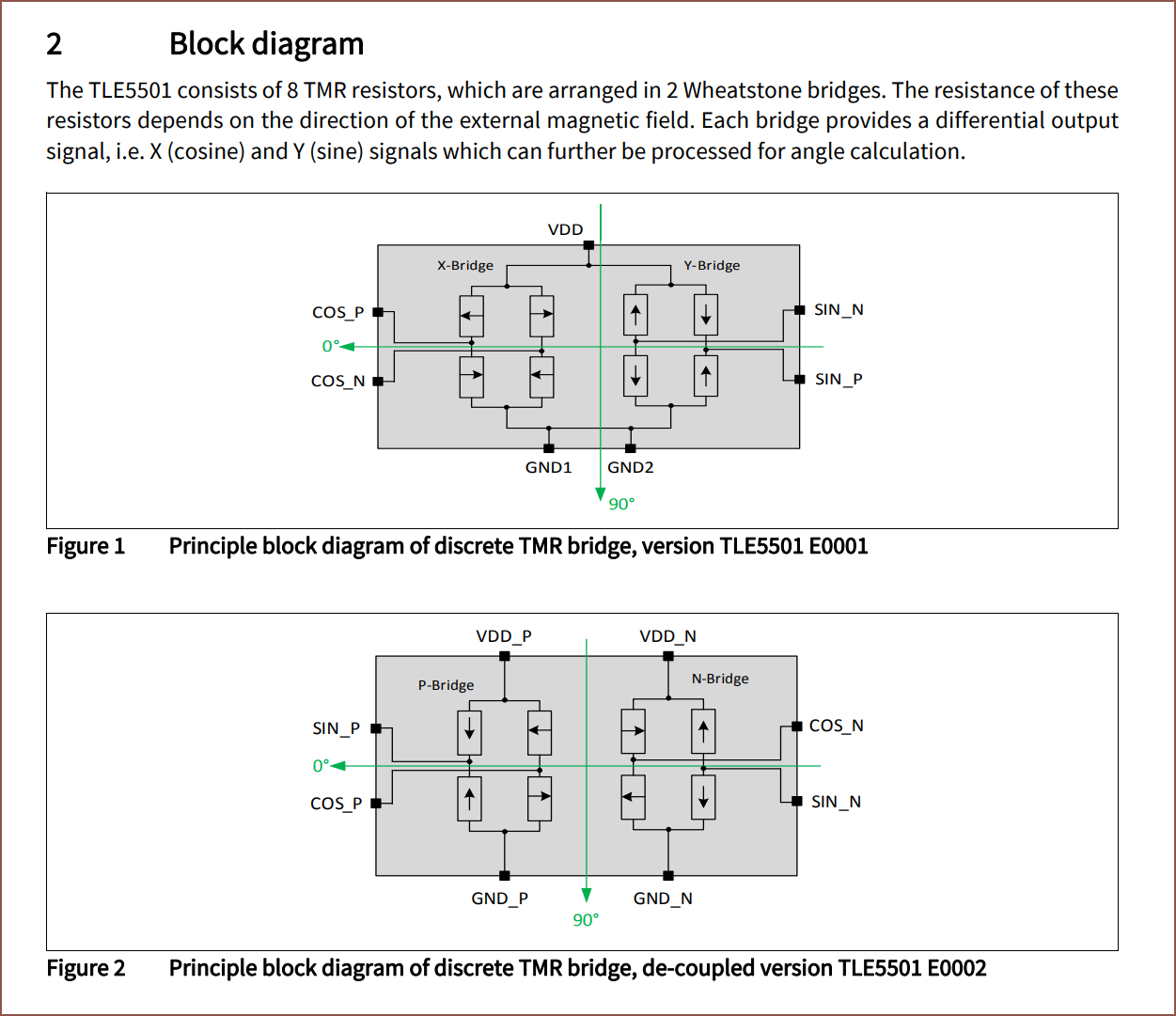
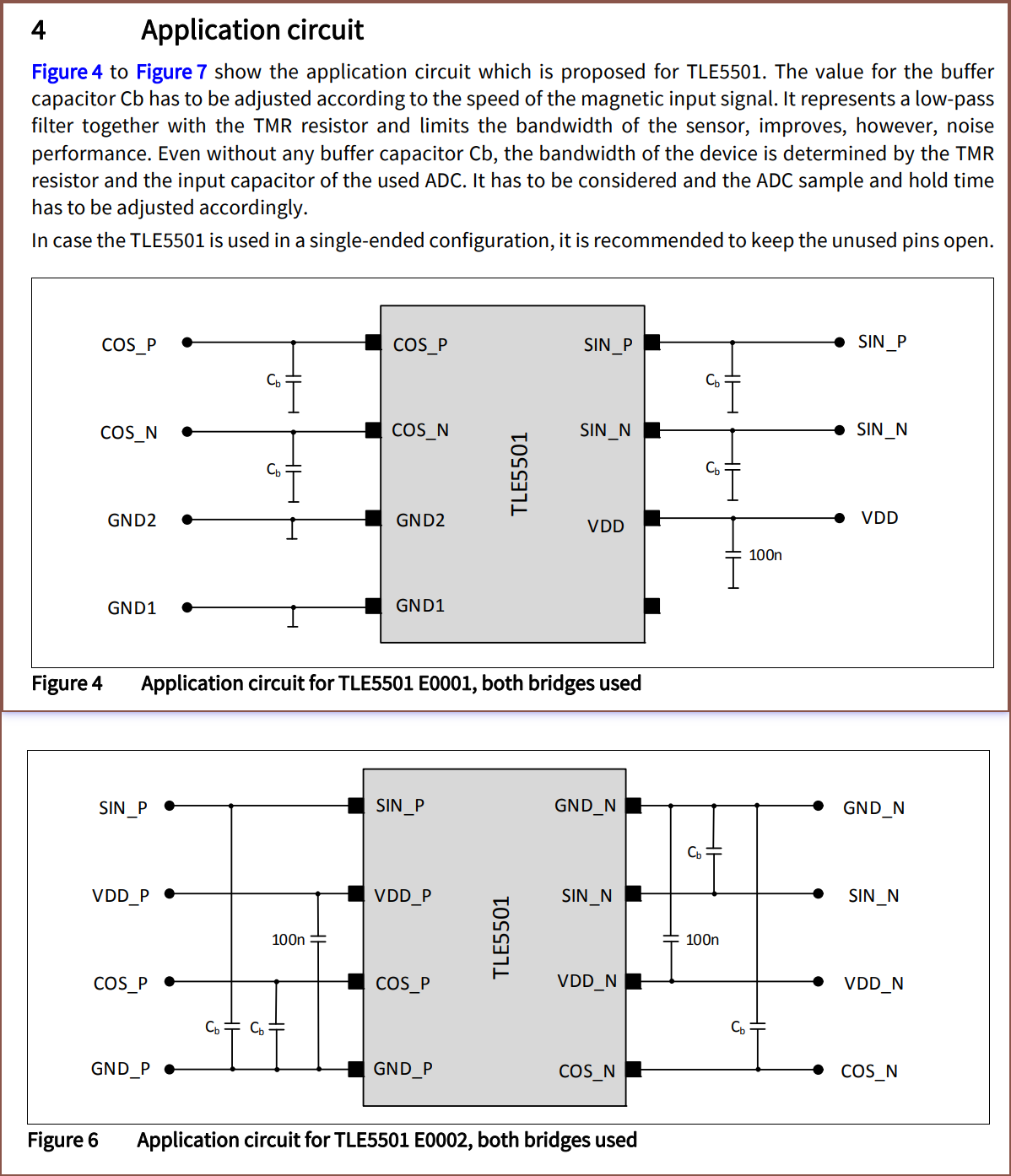
Unlike the E0001 that seems straightforward to understand, I'm not really sure how you're supposed to connect all these VDDs and GNDs to the rest of the circuit. At least I know that the capacitors for this are supposed to go to ground and not to each other, like what I have in the schematic. They're, once again, optional, so I'm just going to remove them entirely.
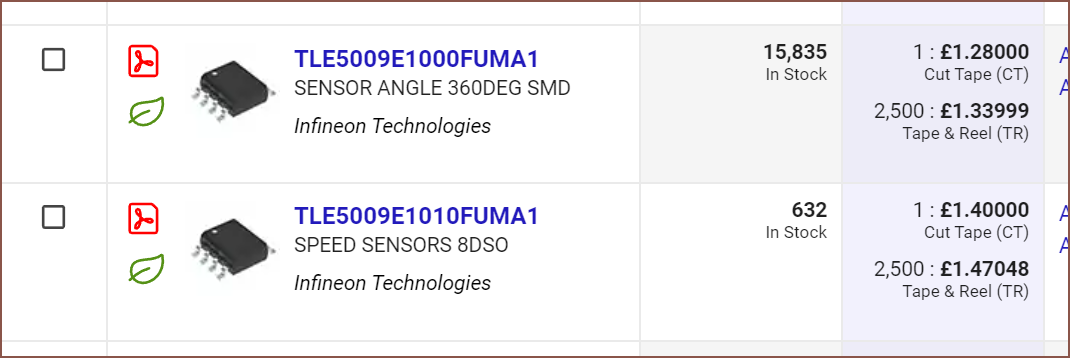
The next cheapest chip is the TLK5009 E10X0, which seems to have been made 6 years prior.

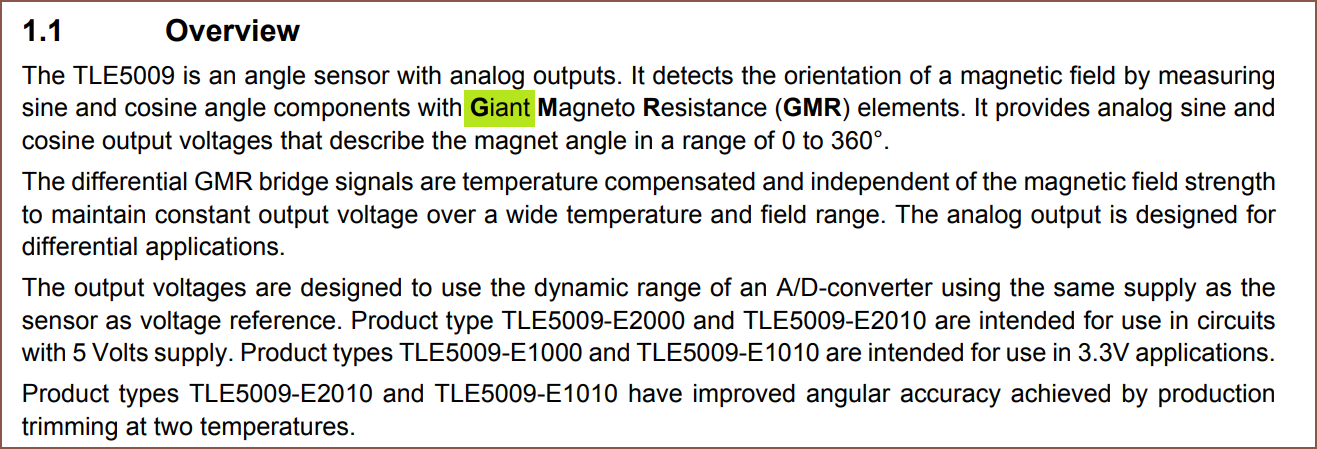
I'd assume spending the extra 9p (MOQ 10pcs) for higher angular accuracy is beneficial for a prototype. So far, I can only tell that GMR has a much larger wikipedia page than TMR, there's a 5th ADC pin for a temperature porportional voltage with the GMR IC and that the TMR IC has a larger magnet range of 20 - 100 mT as opposed to 24 - 50.

I tweaked my search parameters and there's another one. It seems that it's a wheatstone bridge that then goes into an amplifier to produce 2 output voltages, which could allow me to go down to a 4-input ADC. It's specifically designed for BLDC applications, which is a good indicator that I'm looking at a potential option here.
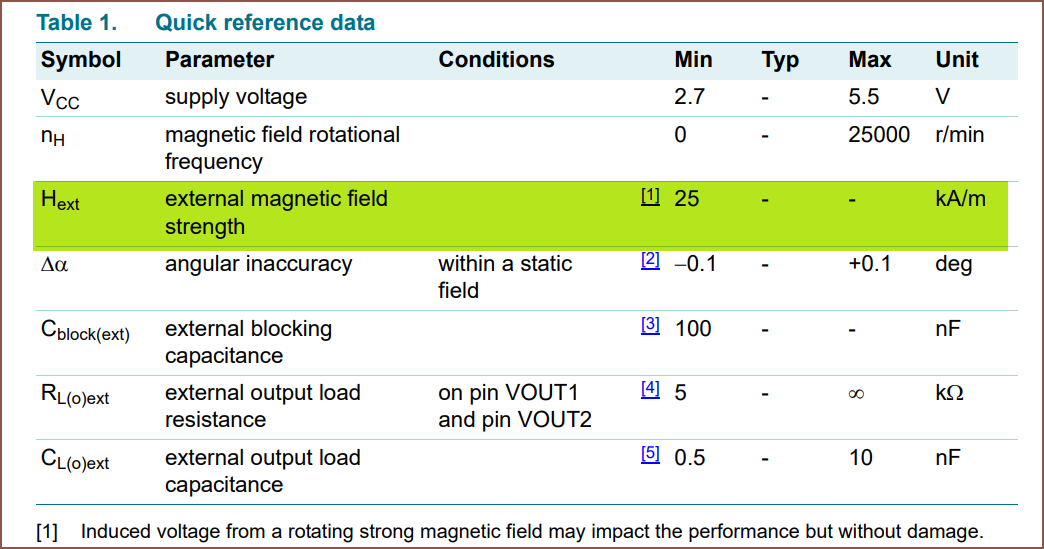
The most notable thing is that, unlike the other chips I've seen is that this doesn't have a maximum field strength, and the minimum is 31.35mT (converted). For the AAT101, there also isn't a limit and instead specifies a required magnetic field strength of 3 - 20mT (converted). The values were denoted in Oe, and 30 - 200Oe looked like the min-max up until now, when I'm looking closer into all these datasheets to compare this shortlist. There isn't a diametric magnet uption, but hopefully the settings I've put in are close enough to work from:
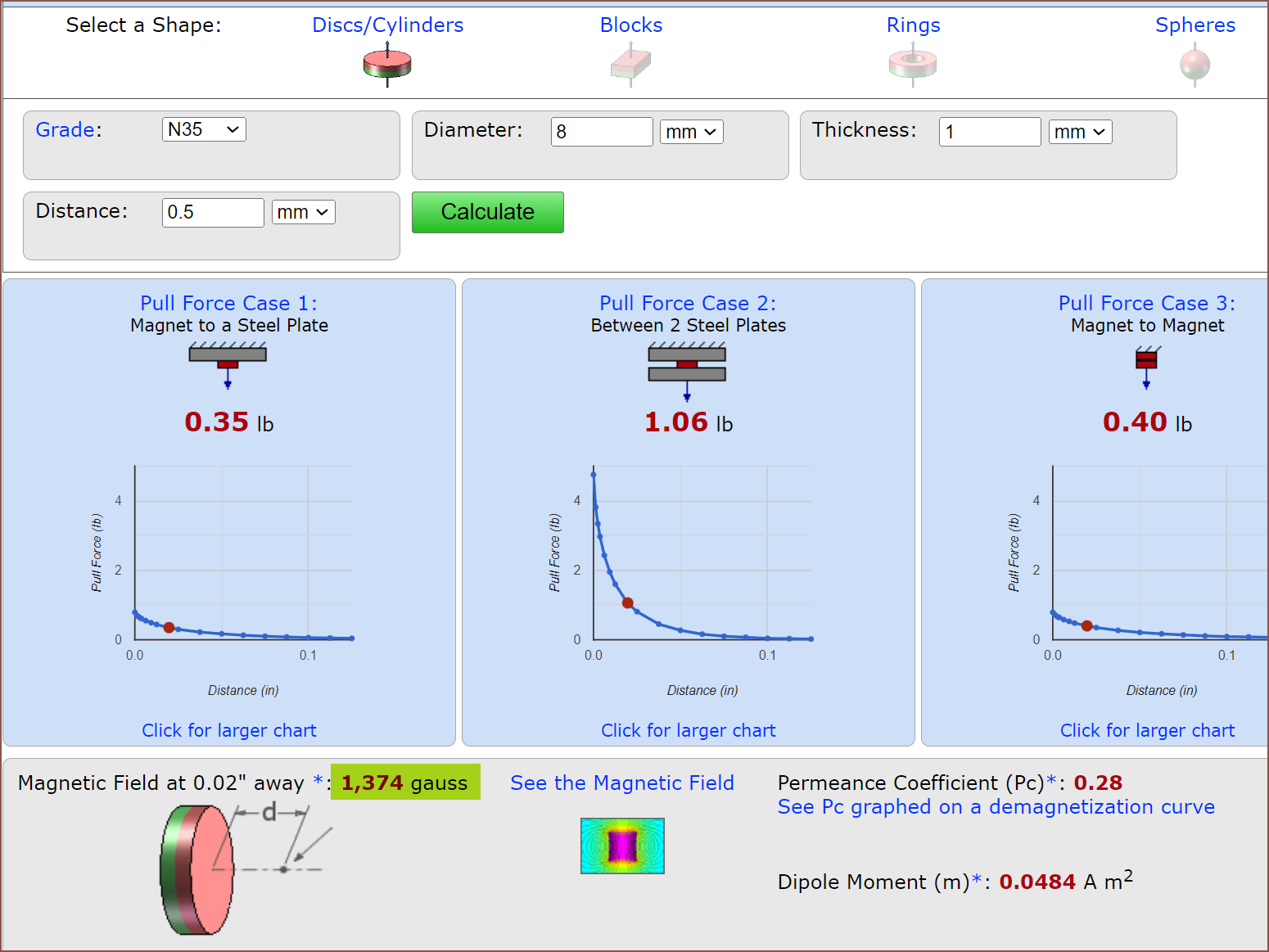
Throwing that into a converter, that's 137mT. If I go for a wider gap, I could get into the 5501's extended range:

The KMZ60 seems to offer better accuracy too, coming in at +/- 0.1 degrees instead of the +/-0.6 degrees for the TLE5009 and +/- 0.5 degrees for the AAT101.
 There's an output pin similar to the 5009, but it seems to be optional. There's also an input pin that sets up the internal temperature compensation.
There's an output pin similar to the 5009, but it seems to be optional. There's also an input pin that sets up the internal temperature compensation.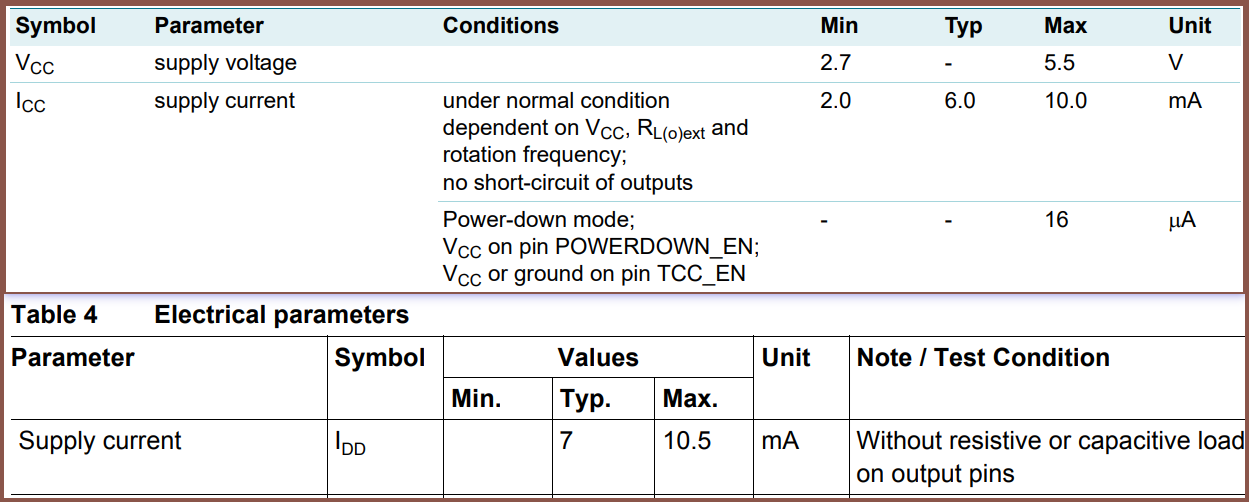
The power consumption of the Z60 is 6mA, which I thought was high (remember, there's 8 of these per Tetent) but at least could be turned off. Turns out the 5009 uses more power and doesn't have such an ability to be turned off. This is all in contrast to the AAT101:
AAT-Series sensors are resistive devices with no active components, so they have no minimum voltage and can be powered from single cells. With their low power, the sensors are well-suited for operation from batteries or harvested power, and can run continuously for many years on small alkaline, silver oxide, or lithium button cells.
I've wrongly assumed that this non-active-component thing was the case for all magnetoresistive chips. It was all going good until I found this out. I never included the TLE5501 in the calculations for Tetent Taic, but at least it has a lower power consumption of typically 1.67mA and max 2.5mA.
The 5009 is unsuitable for this application, and the 5501 is on thin ice since I'm trying to get a solar powered edition. Wait... the AAT101 is cheaper than the 5501 E0001 now, and the only reason I was considering it was because it might be easier to install on a PCB (and the E0002 is cheaper if I can figure out how it's implemented into the current design). Considering all the other QFN's in this project, I don't think one more would increase the difficulty. Additionally, it's possible that I could have the chip and ADC on the same daughterboard, reducing the distance between the sensor and the sensing device and (ideally) reducing noise in the process. That idea might not work for these larger packages.
I'm not eliminating the Z60 just yet, because I want to look into one more thing...
24 Bit ADC
Mmn. Couldn't find anything cheaper.
Angle Sensor Conclusion
Since I can't find a cheaper compatible ADC, I think the power and space savings of the AAT101 are more important than the 5X higher precision of the KMZ60.
PCB
Thinking about it, there's actually not that many components, traces or passives now, so perhaps I should try making a PCB where the ESP32-S3-MINI mounts on the bottom and all the other components on the top:
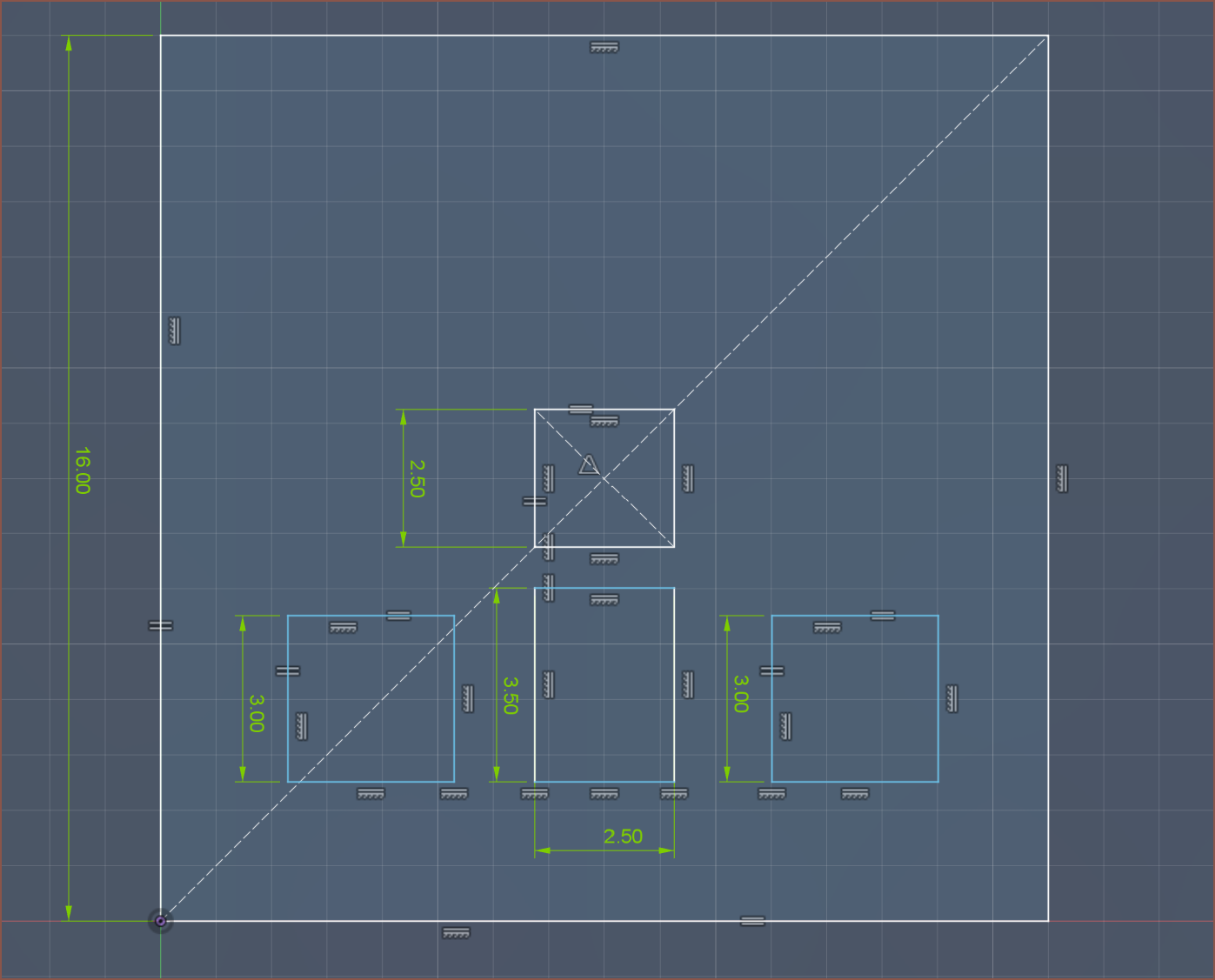
The FFC cables might get interesting, but this method is more versaite for projects that aren't specifically Tetrinsic.
Changes to Implement
- MP6543 ➡ DRV8311P
- 74HC595 eliminated
- TLE5501E001 ➡ AAT101
- Side PCB schematic ➡ Under-Motor PCB schematic
Log creation time taken: 5 hours, 24 minutes.
 kelvinA
kelvinA
Discussions
Become a Hackaday.io Member
Create an account to leave a comment. Already have an account? Log In.